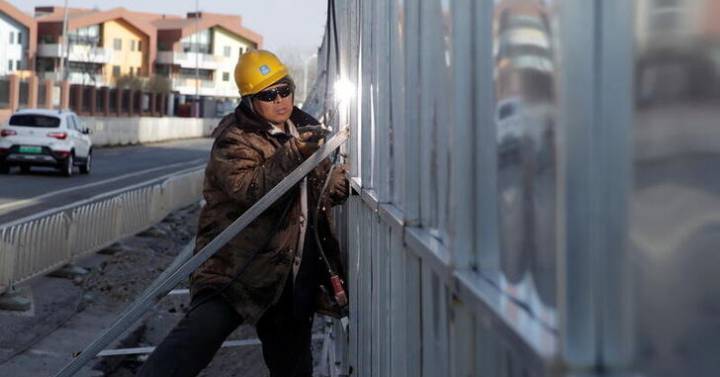
China went through the pandemic by feeding on a mixture of social tranquilizers and economic Red Bull, and now is the time to treat the headache. The world’s second largest economy managed to grow 2.3% in 2020 thanks to tough measures against the pandemic, a boom in exports and a flood of credit. But the fiscal tension of local governments is deep, social frictions are on the rise and the private sector is still in trouble.
The military-type confinement imposed by the People’s Republic has the merit of having controlled the contagion. This allowed for a rapid return to near normalcy, allowing factories to operate again and produce medical supplies to meet growing demand from abroad.
To keep the other parts of the engine running, local governments issued record amounts of debt to increase spending. The central bank was conservative in terms of interest rates compared to its Western counterparts, but new loans totaled nearly $ 3 trillion, an increase of nearly 20% over 2019.
However, infrastructure spending barely grew, suggesting a shortage of promising projects: Much of the trillion yuan raised in bond markets was probably earmarked to renew loans. With rising debt and declining revenues, in addition to obligations to spend more on medical services, many local governments are under great stress, which contributed to a number of surprising debt defaults by state-owned enterprises. ‘last year. Guosheng Securities estimated that 22 of the 31 regions have a debt-to-income ratio of more than 300%. In Hubei Province, where the Wuhan viral epicenter is located, it is 643%.
Although emergency measures have revived headline growth, private consumption and investment needed to consolidate the recovery remain fragile. Although unemployment statistics appear relatively stable, many companies cut wages or stop paying them.
Without much help from Beijing on the way, the average disposable income discounting inflation grew by only 2.1% in 2020, compared to 5.8% in 2019. Private investment in fixed assets grew by only 1 % in 2020, while the state increased by 5.3%. Retail sales fell 3.9% after an 8% rise in 2019.
There are more subtle issues. Although many Chinese were proud of their collective ability to contain Covid-19 while the United States was faltering, a year of unprecedented economic and psychological stress has taken its toll. Media reports of suicides and violent crimes are on the rise, and now more than 100 million people in northern China are confined again. This year could be harder than the previous one.